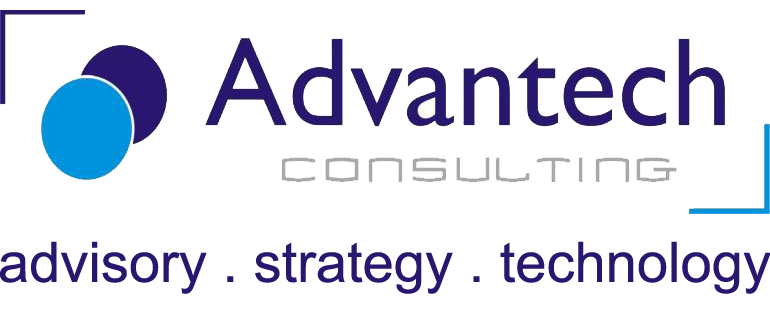Action learning is described as an approach to solving real problems that involves taking action and reflecting upon the results, which helps improve the problem-solving process, as well as the solutions developed by the team.
It is a process that involves a small group working on real problems, taking action, and learning as individuals, as a team, and as an organization. It helps organizations develop creative, flexible and successful strategies to pressing problems.
Action Learning has emerged as a method of choice for global companies, government agencies, and non-profit groups that want to improve quality, cut costs, create new products and services and change the cultures of their organizations. From Boston to Brazil, from Finland to Tokyo, companies as diverse as Samsung, Dow, GE, Deutsche Bank, Boeing, Sodexho, Novartis, Nokia and many others use Action Learning to solve complex problems, develop leaders, build teams and expand corporate capability.
It works not because of luck, but because it inherently interweaves a wide array of organizational, psychological, sociological, and educational theories and principles—as well as key elements of ethics, political science, engineering, and systems thinking. Each of the components reinforces and leverages the power of action learning. The simplicity and immediate applicability of action learning have enabled organizations around the world to achieve success in problem-solving, team building, organizational learning, and leadership development.
Common steps in composing the action learning process:

- Present the problem or task to the group: The problem presenter, who can remain as a member of the group or withdraw and await the group’s recommendations, briefly presents the problem to the group.
- Re frame the problem: After a series of questions, the group, often with the guidance of an action learning coach, will reach a consensus on the most critical and important problem the group should work on and the group should establish the crux of the problem, which might differ from the original presenting problem.
- Determine goals: Once the key problem or issue has been identified, the group seeks consensus for the goal, the achievement of which would solve the re framed problem for the long-term with positive rather than negative consequences on the individual, team, or organization.
- Develop action strategies: Much of the time and energy of the group will be spent identifying and pilot-testing possible action strategies. Like the preceding stages of action learning, strategies are developed via reflective inquiry and dialogue.
- Take action: Between action learning sessions, the group as a whole, as well as individual members, collect information, identify the status of support, and implement the strategies developed and agreed to by the group.
- Capture learning: Throughout and at any point during the sessions, the action learning coach may intervene to ask the group members questions that will enable them to clarify the problem, find ways to improve their performance as a group, and identify how their learning can be applied to develop them- selves, the team, and the organization.
The Power of Action Learning in Building Tomorrow’s Leaders
Action learning has the power to provide both the best content (what) and the best how (methodology) for building the vital attributes of leadership for the 21st century. Leadership is built on the premise and expectation of getting things done. To take effective action is an essential task. Action learning programs introduce real-life, a real-time practice of those skills. And it focuses on the learner/leader, and not just the tasks to be undertaken by the learner/leader.
For over 50 years action learning has been employed to develop leaders all over the world. Leaders developed at the same time productivity and performance improved, be it in India or Israel, England or Egypt, Melbourne or Milwaukee. In all these and thousands of other places around the world, action learning has helped develop strong leaders who have made the workplace a learning environment where quality and success and joy abounds.




